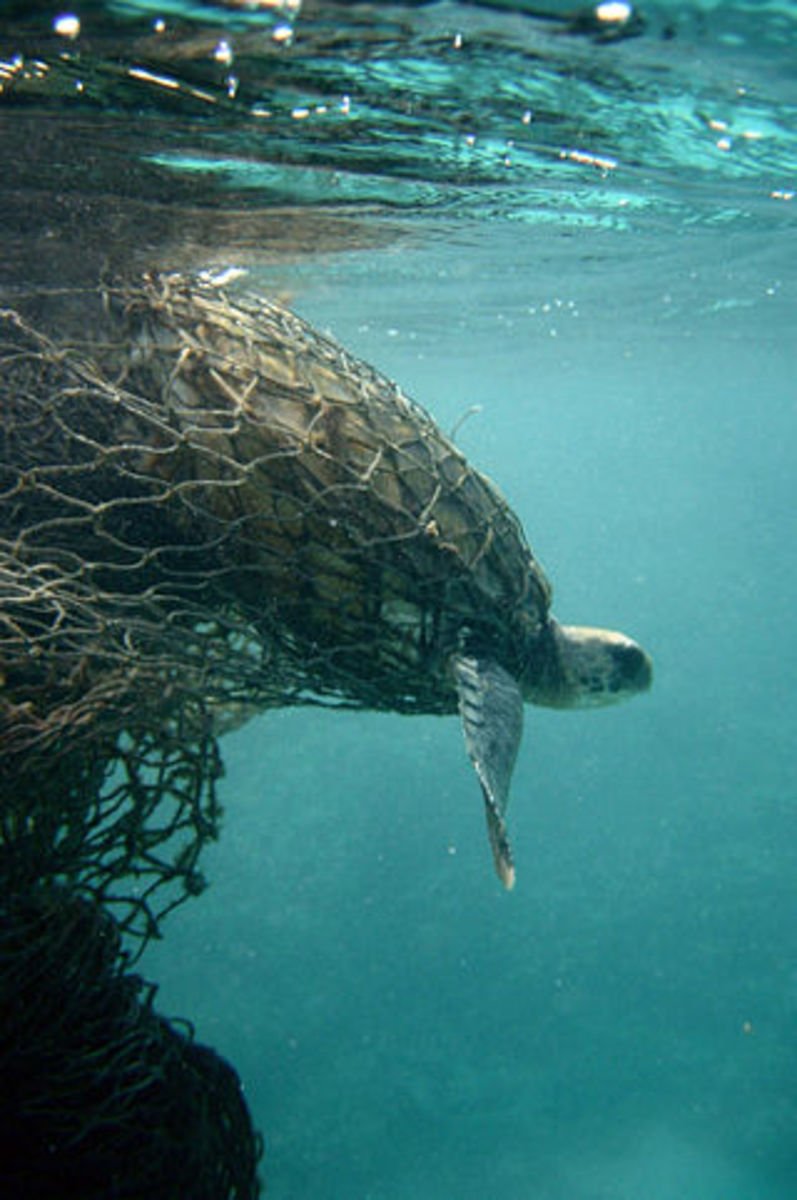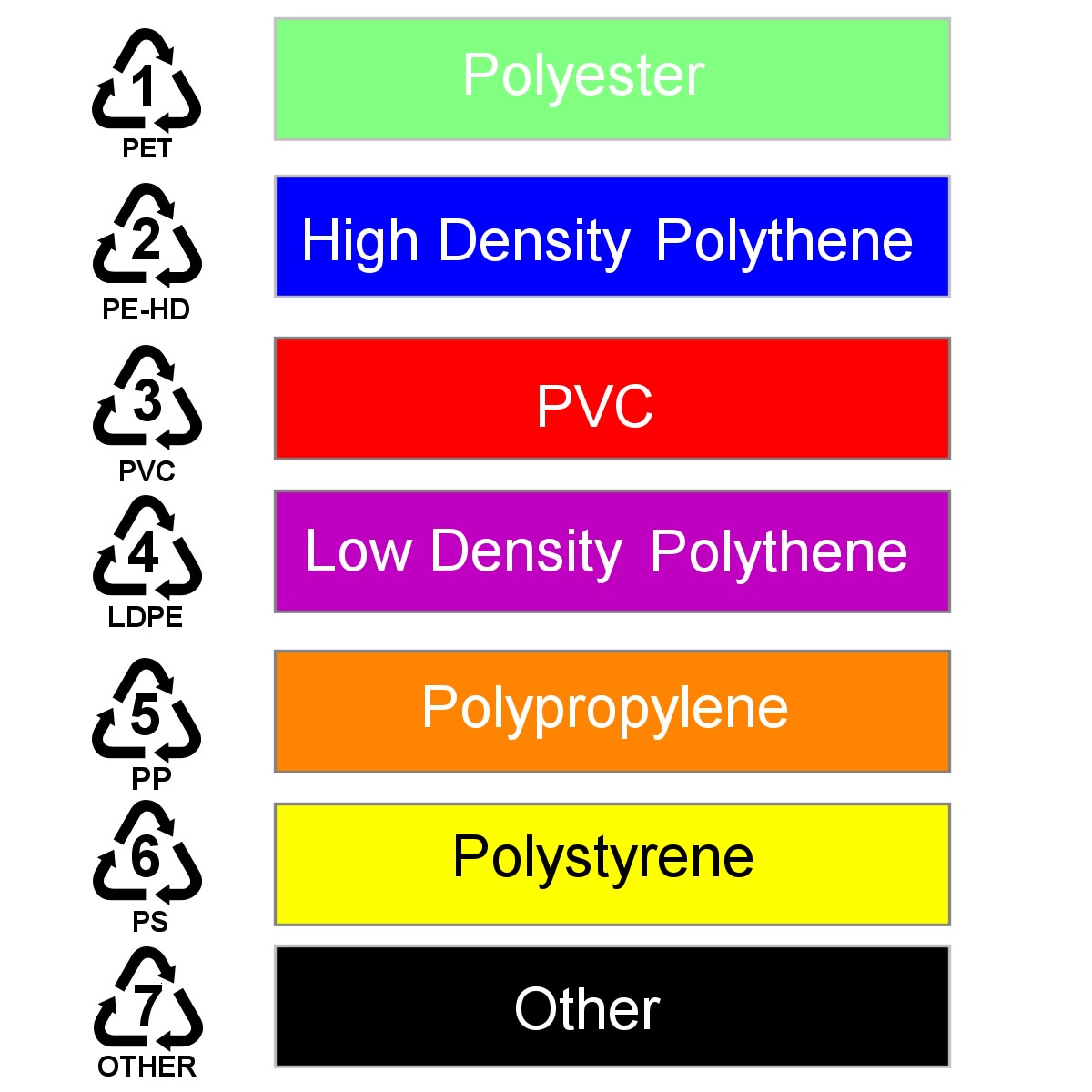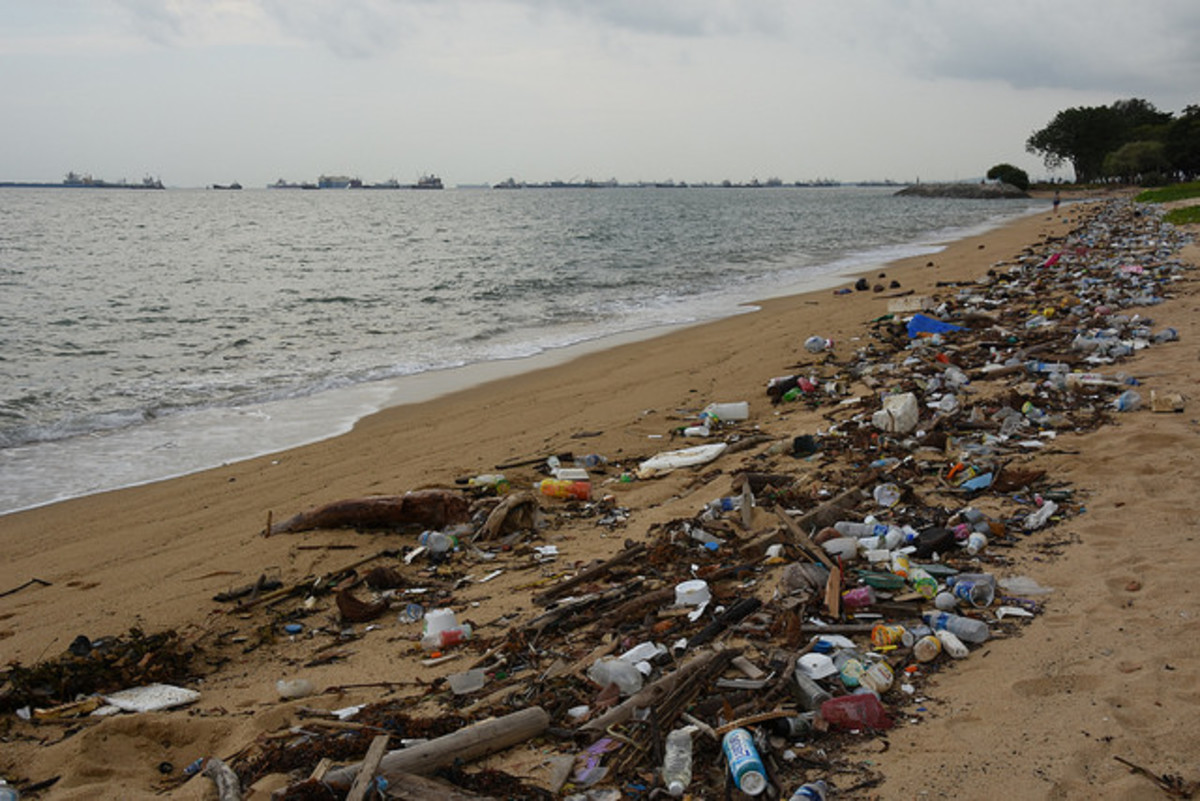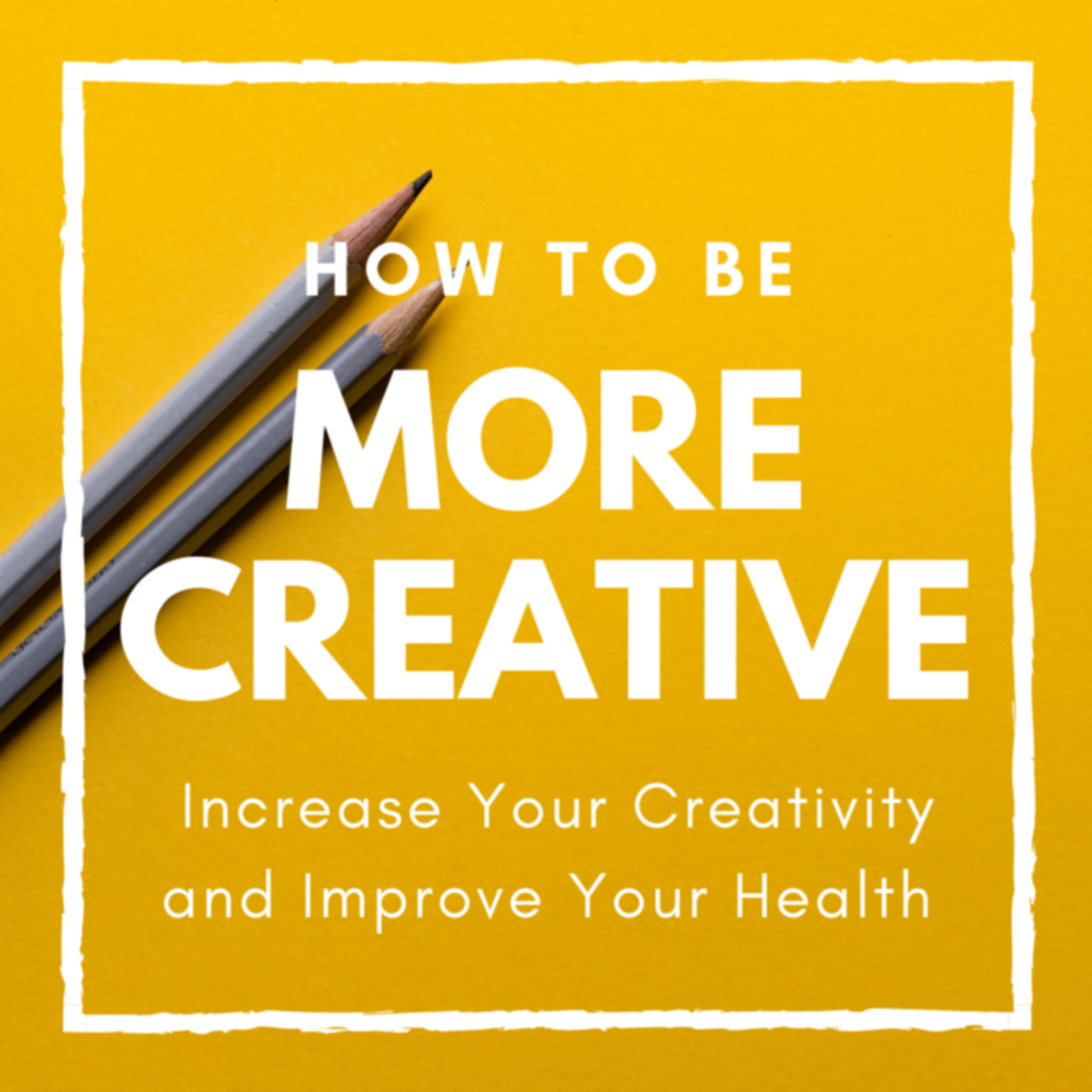Converting Recycled Plastics to Reincarnated Products - Innovation by Changing Verbs

In November 2016 Adidas released their first batch of Parley sneakers onto the market. These sneakers were recycled from plastic waste gathered from our oceans in an effort to help clean up our environment by aiming to remove all virgin plastics from their production line. The Parley concept sneaker went on sale with just 7000 pairs and by the end of 2018 Adidas had produced 5 million pairs and now have extended their aim to producing 11 million pairs for 2019. These sneakers have been, dare I say it, a runaway success.
Over recent years there has been an increase in consumer sentiment towards ethical and environmentally friendly packaging and products. According to Nielson (2015) 66% of consumers globally are willing to pay more for sustainable goods, up from 50% of consumers in 2013. The largest group of those consumers surveyed are Generation-Y who make up 51%. Recycling plastics from the ocean has been a step in the right direction for our burgeoning environmentally aware consumer market.
But can a brand take this further by influencing how products are disposed of at the end of a product’s life? Will all consumers place the products in recycling bins? Will the councils responsible for recyclable waste collection actually reuse all of those products and can they reuse all of those products?
One way to generate innovative solutions or ideas is to change a verb within a problem statement or stated goal. Here’s an example related to sneakers fabricated from recycled plastics. Our original problem statement might be:
In what ways can we recycle plastic waste?
This statement generates ideas around taking plastic waste materials and creating products from them as a once-off process, releasing the brand’s environmental responsibility at the point of sale. Let’s change the verb recycle to reincarnate:
In what ways can we reincarnate plastic waste?
Using the verb reincarnate changes the mental conceptualisation to one where plastic waste material has a defined evolutionary path mapped out from the original product to its many other possible uses once it is no longer optimally functional in its recycled form?
Here are some example ideas I came up with when focussing on the word reincarnate in our problem statement.
IDEA: Developing Plastics for 3D Printing
What if we developed the plastics in such a way that old sneakers provide an opportunity to be used as 3D printing material? So, the brand or a business partner could develop a machine that breaks down the old sneakers into printable plastic. The machine might be economical enough to sell to the domestic market or it could be installed in shops and for a small fee the customer or shop owner can convert the sneakers to printable plastic which also encourages the customer to visit the shop presenting a sales opportunity.
IDEA: Developing Plastics That Can Reincarnate into New Sports Related Products
Could we design the sneakers so a machine could melt them down into flip-flops with a choice of printed design whilst the customer waits? When the flip-flops have deteriorated, they could be returned and used to create other products such as balls, coverings for kettlebells, surfing wallets and protective mobile phone covers all with the brand’s logo printed on them.
IDEA: Developing Plastics That Can Reincarnate into Carry Bags
Could a machine breakdown the old sneakers and 3D print a woven bag to carry the new products home in? This idea might seem a little far fetched and that’s a good thing. Far fetched ideas really stretch the imagination and drive us towards disruptive innovation that changes markets. Don’t let the seeming impossibility of an idea stop you from exploring such options because there might be a solution already in place which can be found through research, a person or organisation that can solve any of the ideas limitations, or a future technology that can bring the idea to fruition five to ten years from now.
Don’t Get Caught Up in a Verb’s Definition
The latter ideas would be close to the true definition of the verb reincarnation. However, it’s important not to stress too much over whether any ideas we come up with exactly match a verb’s defined action. The point is that changing the verb will generate new ideas and solutions we previously might not have considered. For example, the following idea doesn’t plot an evolutionary path for the sneakers but addresses the process of disposing of used sneakers that arose from contemplating the concept of product reincarnation.
IDEA: Controlling the process of product disposal for reincarnation
The immediately available solution within our current consumer environment is to provide a 15% discount on brand sports clothing made from recycled materials. Returning an old pair of sneakers for a discount engages the consumers to collect future material for the company and keeps the plastics in the recycling chain and out of the natural environment—this is the cycle of reincarnation concept as a closed loop. This could possibly reduce the costs of foraging for more plastics as production increases and an ever-increasing quantity of sneakers are returned over time. In fact, this could apply to the entire range of a brand’s sports products made from recycled materials.
A stepping stone idea from the discount concept is to provide a subscription service with the brand to wear their sneakers. The subscription could provide an upgrade to the company’s latest design every one to two years with the collection of the previous pair. This ensures customer retention and satisfaction by wearing the latest technologically advanced and recycled sneakers whilst providing a fashion forward status. It’s also an alternative to strategies such as Afterpay and credit card usage and more in line with those digital subscription services such as streaming movies and music to which consumers are now accustomed.
How You Can Use This Technique for Yourself
If you want to try this technique yourself here’s how to do it:
- Create a problem-statement or a statement of a goal you want to achieve, for example: In what ways can I reuse bicycle parts?
- Look for the verb within the sentence and change it to a different verb. In our example we used the verb reuse. If you’re stuck for verbs to replace it with, you can use a verb randomiser site such as Random Verb Generator. I used this site and chose the verb publish.
- Rewrite your statement with the new verb: In what ways can I publish bicycle parts?
- Make connections using the focus of the new sentence. When I think publish, I think books therefore my first idea is to take apart old bicycles and solder the parts to create unique bookshelves.
Have a go and see what you can come up with. For instance, if you have a bookshelf made of bicycle parts how would you reincarnate it into another product?
References
Adidas 2019, To Preserve Our Oceans: Adidas to Produce More Shoes Using Recycled Plastic Waste in 2019, 21 January 2019. Available from: https://www.adidas-group.com/en/media/news-archive/press-releases/2019/adidas-to-produce-more-shoes-using-recycled-plastic-waste. [07 February 2019]
Neilson 2015, The Sustainability Imperative: New Insights on Consumer Expectations, October 2015. Available from: https://www.nielsen.com/eu/en/insights/reports/2015/the-sustainability-imperative.html. [03 February 2019].
Vincent, J 2016, “This Adidas sneaker made from recycled ocean waste is going on sale this month”, The Verge. Available from: https://www.theverge.com/2016/11/4/13518784/this-adidas-sneaker-made-from-recycled-ocean-waste-is-going-on-sale-this-month. [07 February 2019]
© 2019 Duane Hennessy








